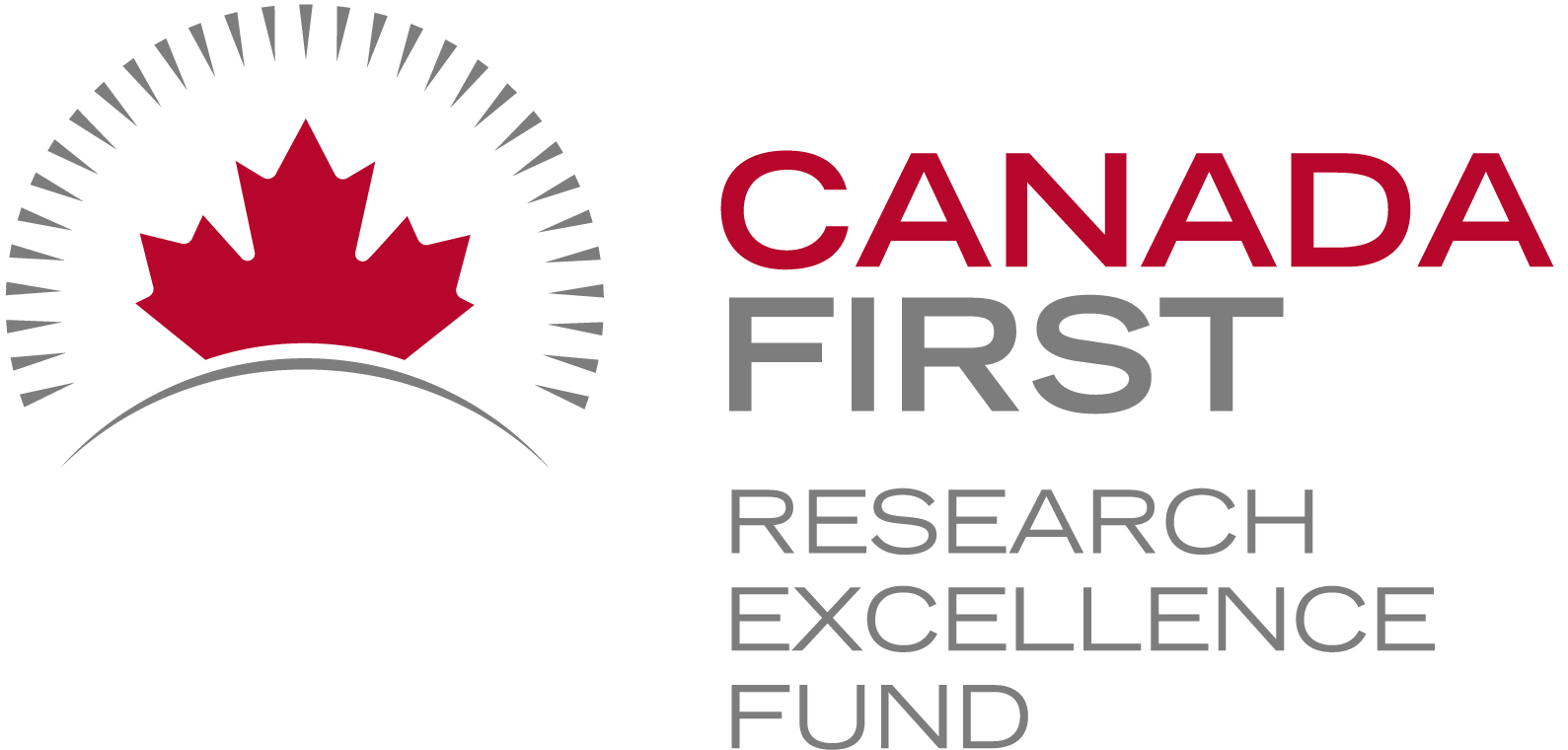
All the Data, One Place — Now What?
At the Ontario Dairy and Beef Research Centres, we’ve reached an exciting milestone: all of our core livestock data — from milk yield and feed intake to activity, body weight, veterinary treatments, health events, and breeding values — is now centralized in a single database. And thanks to our dairy and beef data portals, it’s accessible from one location.
That alone is a major step forward. No more logging into multiple platforms or tracking down reports from different systems. Everything is there — organized, up-to-date, and ready to use.
But while the data is centralized, it’s still separated by source: milk data lives in one table, feed in another, activity in another. We’re pulling this data as raw as we can get it from the original software — which means the next big step is curation and cleaning. Before we can fully unlock the value of this unified database, we need to standardize formats, align timestamps, and prepare the data for cross-system use.
Once that’s in place, we can start to build the next layer: tools to aggregate and connect this data across sources.
I imagine a future where:
- Researchers can download project-specific datasets that combine milk, feed, and health data — no manual merging, no formatting headaches. Just clean, ready-to-analyze files aligned to their study goals.
- Researchers can upload data they collected manually from our animals to this database (e.g., behavioural annotation and blood samples results), so we can have a more comprehansive animal record
- Farm managers can use real-time dashboards that track custom metrics, combining indicators across systems to support daily decisions.
- New research insights — like emerging KPIs or experimental models — can be implemented quickly to support farm management.
This kind of flexibility is only possible because we own the data layer. We haven’t replaced our barn software — we’ve built a foundation underneath it. One that lets us imagine, and soon build, tools that serve both science and farm operations more directly.
Right now, we’re at the edge of that opportunity. The data is in place. The portal is running. The next step is building the features — and doing the behind-the-scenes work — to make this data work harder for everyone who relies on it.
It’s all within reach. The question is: what will we build with it?
Written by Lucas Alcantara



